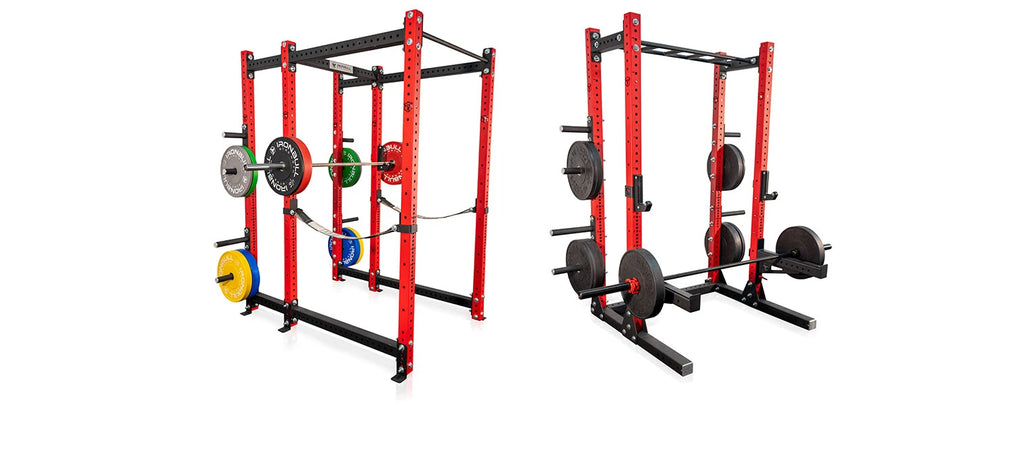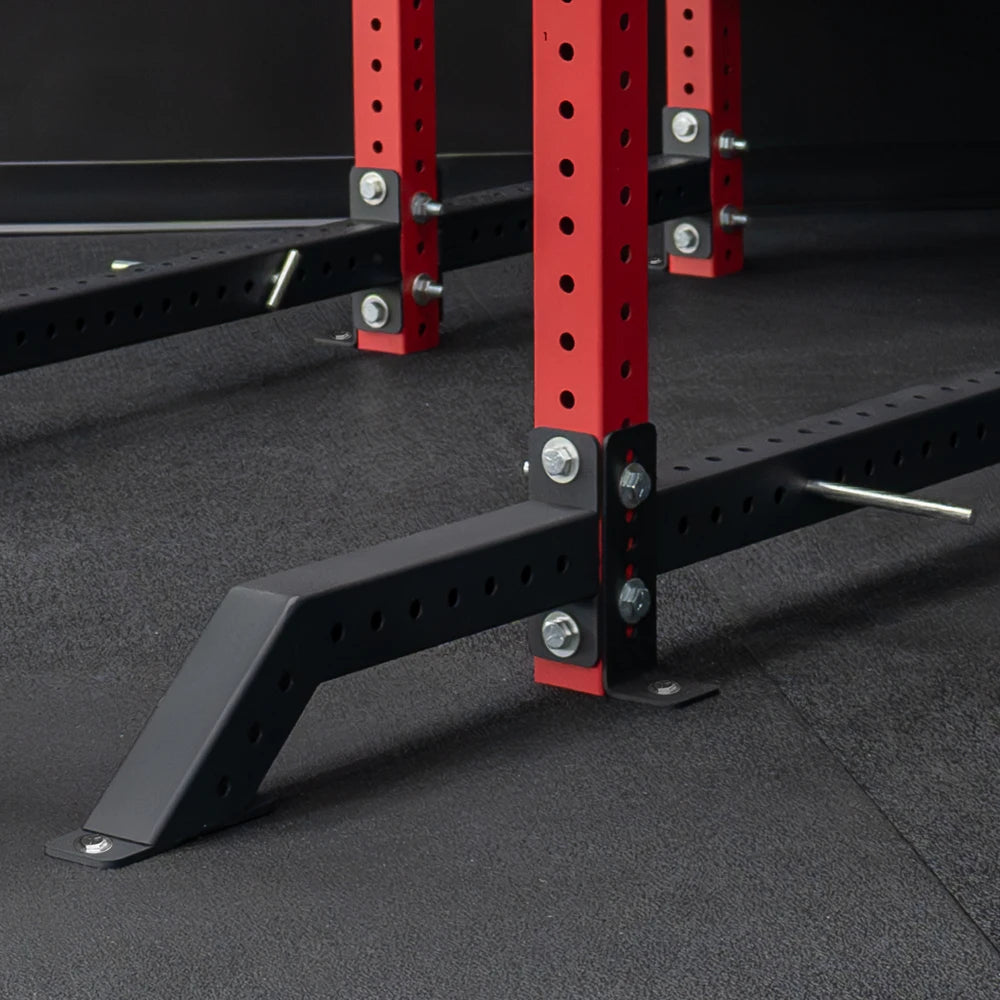Do Power Racks Need to Be Bolted Down? Key Factors to Consider

Do you bolt squat rack to the floor?
You're setting up your home gym, and the question pops up: do you bolt power racks to the floor?
It's a common query, and the answer isn't always straightforward. Making the right choice is crucial for both safety and functionality.
Let's break down what you need to know to make an informed decision.
Understanding Bolting Down Power Racks
So, what does bolting down a power rack actually involve? It's the process of securing your rack to the floor using bolts. The main goal here is to keep the rack stable and prevent any unwanted movement.
There are some clear benefits to bolting down your power rack. First, it enhances stability, especially when you're lifting heavy. You don't want your rack wobbling around when you're pushing your limits. Bolting it down keeps everything in place, giving you peace of mind.

Situations Where Bolting Is Essential
Now, let's talk about when bolting down is a must. If you're into heavy lifting or powerlifting, securing your rack is crucial. When you're handling maximal weights, stability is non-negotiable.
In commercial and high-traffic gyms, bolting down is often necessary. With so many people using the equipment, safety and liability concerns come into play. Plus, if your gym has uneven or slippery flooring, bolting is a smart solution.
For those who prioritize safety, bolting down is a no-brainer. It minimizes the risk of accidents and ensures your rack stays put.
Understanding the differences between bolted-down and flat-footed rack designs can help you make an informed decision; read our comparison in ‘Securing Your Squat or Power Rack: Bolted vs. Flat-Footed Designs Explained’.
Alternatives to Bolting Down
Not keen on drilling into your floor? There are alternatives. Flat-footed power racks offer stability without permanent installation. They're great for home gyms but may have limitations for serious lifters.
Another option is weight-based stabilization. You can use weight plates or sandbags to secure your rack. It's effective and practical, especially if you don't want to bolt down.
Wall-mounted racks are a space-saving choice, but they do require wall anchoring. Consider this if you're short on space. Lastly, protective flooring solutions like rubber mats or platforms can enhance grip and protect your floors.
Potential Drawbacks of Bolting Down
Before you grab that drill, consider the downsides. Bolting down can lead to floor damage, leaving permanent marks. This is a concern for renters or those with certain floor types.
Another drawback is reduced flexibility. Once your rack is bolted down, rearranging or relocating it becomes a challenge. This can impact your gym's layout adaptability.
Installation complexity is another factor. You'll need specific tools and possibly professional help. It takes time and effort to get it right. And if you ever need to move the rack, removal and repair costs can add up.
Cost Considerations
Let's talk money. Bolting down involves an initial investment. You'll need additional hardware and might need professional installation. Don't forget about protective measures like mats or pads to prevent floor damage.
However, consider the long-term value. While there are upfront costs, bolting down can enhance durability and safety. Plus, it might save you from equipment damage and prolong your rack's life.
If you've decided that bolting down your rack is the best option, our detailed guide on ‘How to Bolt a Squat Rack or Power Rack to the Floor’ will walk you through the process.
Making an Informed Decision
So, how do you decide? Start by assessing your personal needs. Think about your training intensity and frequency. Next, evaluate your space and flooring. Understand your gym environment and its limitations.
Consider your future plans. Are you planning to move or make changes to your living situation? If you're unsure, seeking professional advice from equipment specialists or installers can be helpful.
In the end, whether to bolt down your power rack depends on your specific circumstances. We've covered the key points, from the benefits and drawbacks to the alternatives and costs.
Take the time to weigh all these factors and make a thoughtful decision. Your safety and gym setup depend on it. Browse our wide selection of home gym equipment to find the perfect rack for your needs.


